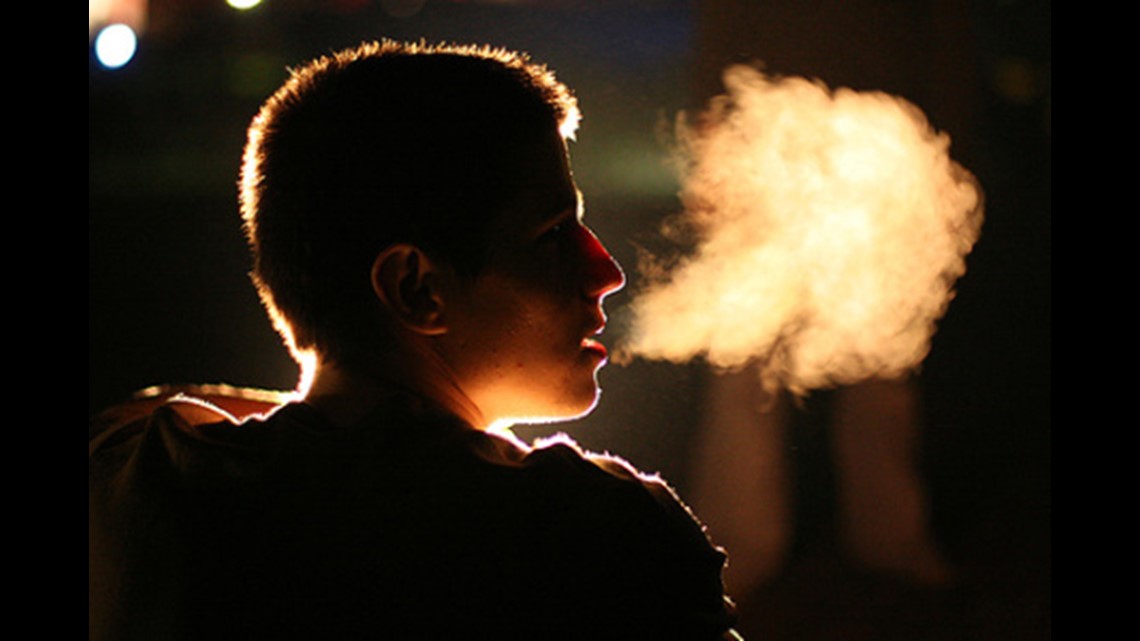Do you ever wonder while being outside during these cold winter days that you can suddenly see your own breath? When I was a kid, me and my friends would pretend to be these cloud-breathing dragons like Godzilla, a very popular science-fiction character back in my days. So, why is it that you can see your breath when it’s cold outside but not the case when it’s warm or hot? Believe it or not, there’s certainly isn’t anything magical about seeing your breath when it’s cold outside. It’s all in the beauty of science and not science-fiction.


Let’s break this down. You may already know that when you breathe in, your body takes in oxygen from the air. When you breathe out, your lungs exhale carbon dioxide back into the air. But the breath you breathe out contains more than just carbon dioxide. When you exhale or breathe out, your breath also contains moisture. Why? Because your mouth and lungs are moist. Each breath you exhale contains a little bit of water in the form of water vapor, which is a gas. For water to stay a gas in the form of water vapor, it needs enough energy to keep its molecules moving. This isn’t a problem inside your lungs because it’s nice and warm. However, when you exhale and it’s cold outside, the water vapor in your breath loses its energy quickly. So, instead of the molecules moving freely, it begins to cool and condense into either liquid or solid forms of water.
This scientific process is called condensation. When you exhale when it’s cold outside, the water vapor in your breath condenses into lots of tiny droplets of liquid water and ice (solid water) that you can see in the air as a cloud, similar to fog.
What happens when the temperature outside is warm? When that occurs, though, the invisible water vapor gas stays invisible, because the warm air provides energy that allows the water vapor to remain a gas. When temperatures drop, it’s more likely that you’ll be able to see your breath.
There’s no exact temperature at which condensation will occur. Many environmental factors other than temperature can play a role in condensation, including relative humidity, which is the amount of moisture in the air. Many cases, when it falls below 45° F, you can usually expect to be able to see your breath.
